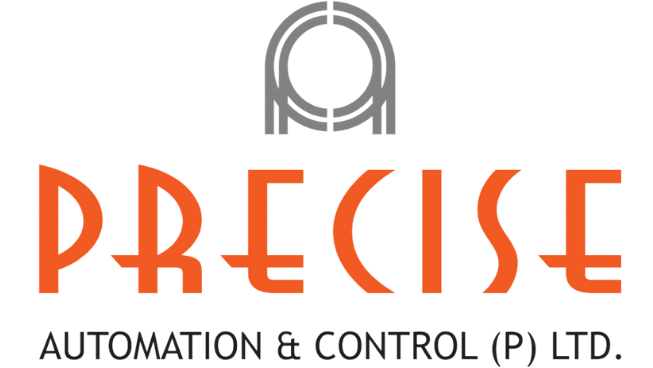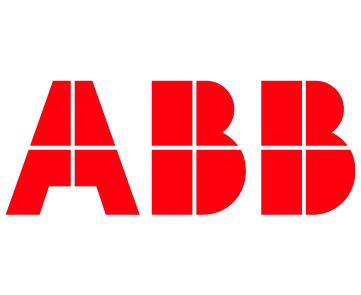EDGE OF TOMORROW | INDUSTRIAL REVOLUTION | INDUSTRY 4.0 | INTRODUCTION
Industry 4.0 : Introduction:
Industrial Revolution 4.0 is no longer a dream of the future but a reality of the present. Although we are still in the nascent stage of this new era of technology and economy, the digital transformation of manufacturing industries is going on at a rapid rate and will accelerate even more in 2022.
Here we want to discuss a brief history of all the four industrial revolutions, how they have influenced our economy and society, and what is the role of technology in Industry 4.0.
The First Three Industrial Revolutions :
Homo Sapiens are the most dominant species on this planet. We aren’t the fastest, and we aren’t the strongest either. However, we’re the smartest (it’s debatable, but let’s go with it now!).
Since the dawn of humankind on the earth, we’ve been making various tools and objects to sustain our civilizations, fight predators, hunt and grow food. From simple tools to the highly intricate electronic chips that we make now, they have to go through a manufacturing process in an industry.
Over the past few centuries, we’ve rapidly enhanced our manufacturing capabilities, leading to our technological, social, and economic developments.
Industrial Revolution 1.0 (From 1784):
The First Industrial Revolution defined the transition from an agrarian (bulls ploughing the field) and handicraft economy to one that is dominated by machines. It began with the first weaving loom in 1784. The industries that found a new life during this period include textiles, glass, mining, and agriculture.
Industrial Revolution 2.0 (From 1870):
Industrial Revolution 2.0 was all about power and speed. With extensive railroads and telegraph networks, and the power of electricity, comes faster transportation of human resources and ideas.
In the Second Industrial Revolution, extensive railroad and telegraph networks facilitated the relatively faster transfer of people and ideas. Electricity enabled factories to set up assembly lines, resulting in a 5X increase in output than before.
Industrial Revolution 3.0 (From 1969):
The third Industrial Revolution introduced digital in the economy. Begun in the 1970s, it spun around mass production of goods using widespread use of digital logic, MOS transistors, and integrated circuit chips.
Eventually, derivative technologies such as computers, microprocessors, cellular phones, and information technology paved the path for automation, allowing sophisticated assembly lines for greater efficiency.
We should also note that Industry 3.0 is still present in large parts of the world, with most MSMEs (micro, small, and medium enterprises) working at this level.
The Advent of Software Technologies during Industry 3.0
The electronic hardware in manufacturing units also needed software for programmable automation. Software technologies also enabled management functions such as shipping logistics, inventory management, tracking, product flow scheduling, accounting, and enterprise resource planning.
Industry 3.0 also saw the rise of MNCs or multinational corporations. They still exist in both the manufacturing and service sectors. These MNCs own or control the production in more than one nation by setting up factories and resourcing raw materials from more than one geographical location. This dispersion led to the formation of the concept of supply chain management.
Take, for example, a large MNC that produces industrial equipment. They would design their products in a research lab in the USA. Then, they would manufacture it in China or Vietnam. From there, they send it to Mexico or Eastern Europe for assembly. The MNC would also set up customer care centres in India or the Philippines to handle after-sales services.
In the 1990s, information and communication technologies helped industries to get quality customer care services at a lower cost. Telecom software solutions, such as Voice over Internet Protocol, or VoIP, are still valuable, reliable, and profitable assets for companies to resolve customer issues.
The Fourth Industrial Revolution (Since 2011):
Frontier technologies like IoT, AI automation, Machine Learning, and Blockchain have ushered the world into a fourth industrial revolution. It’s all about combining physical assets with digital technologies, communicating ideas and the vision of the future through remarkably immersive virtual environments, and creating intricate physical objects using 3D printing.
Industry 4.0 began in 2011 as a project of the German government intending to computerize production more smartly. The first time someone used the phrase Industry 4.0 publicly was during the Hannover Fair in 2011 in Berlin, Germany.
Software is a common component in both Industry 3.0 and Industry 4.0. Although, with the fourth industrial revolution, the distinction between the real and virtual worlds is becoming increasingly blurred.
PRECISE AUTOMATION AND CONTROL PVT LTD BOASTS A WIDE ARRAY OF INDUSTRIAL AUTOMATION SOLUTIONS WITH ASSOCIATION INDUSTRIAL AUTOMATION MARKET LEADER ABB SINCE 1999.
FOR MORE PROJECTS…
https://www.preciseautomation.in/project-work/
FOR QUOTATION…
https://www.preciseautomation.in/get-a-quote/
FOR CONTACT…
https://www.preciseautomation.in/contact/
STAY TUNED FOR OUR NEXT BLOG | INDUSTRY 4.0 | TECHNOLOGIES


Leave a Reply